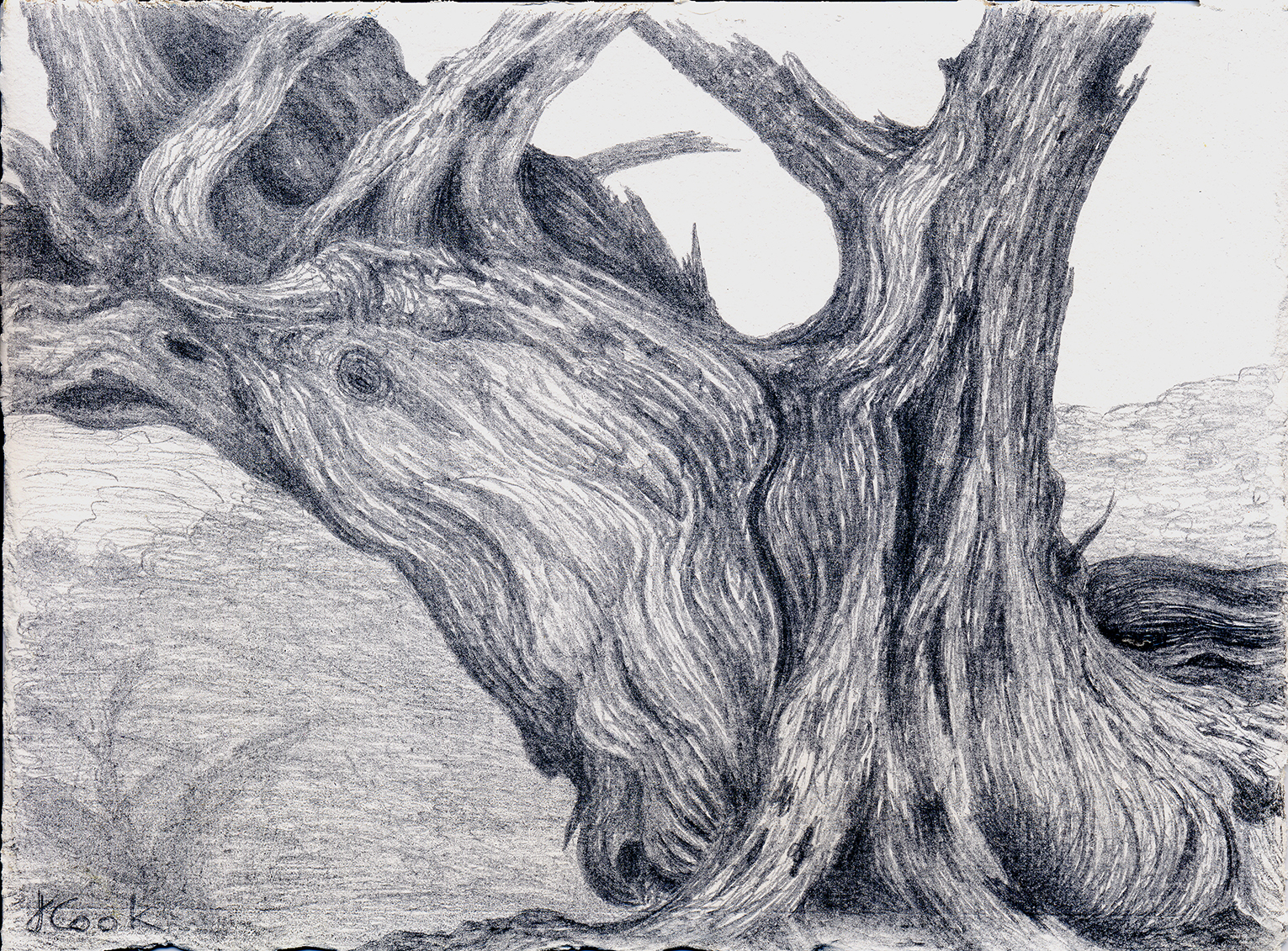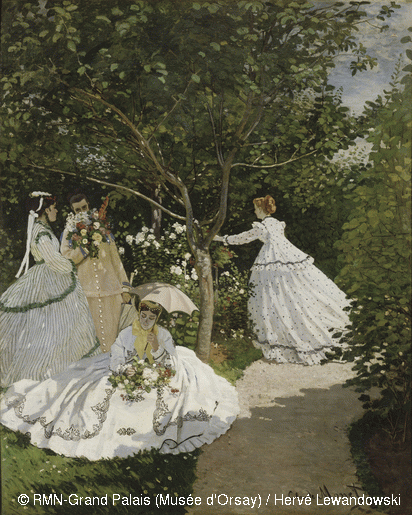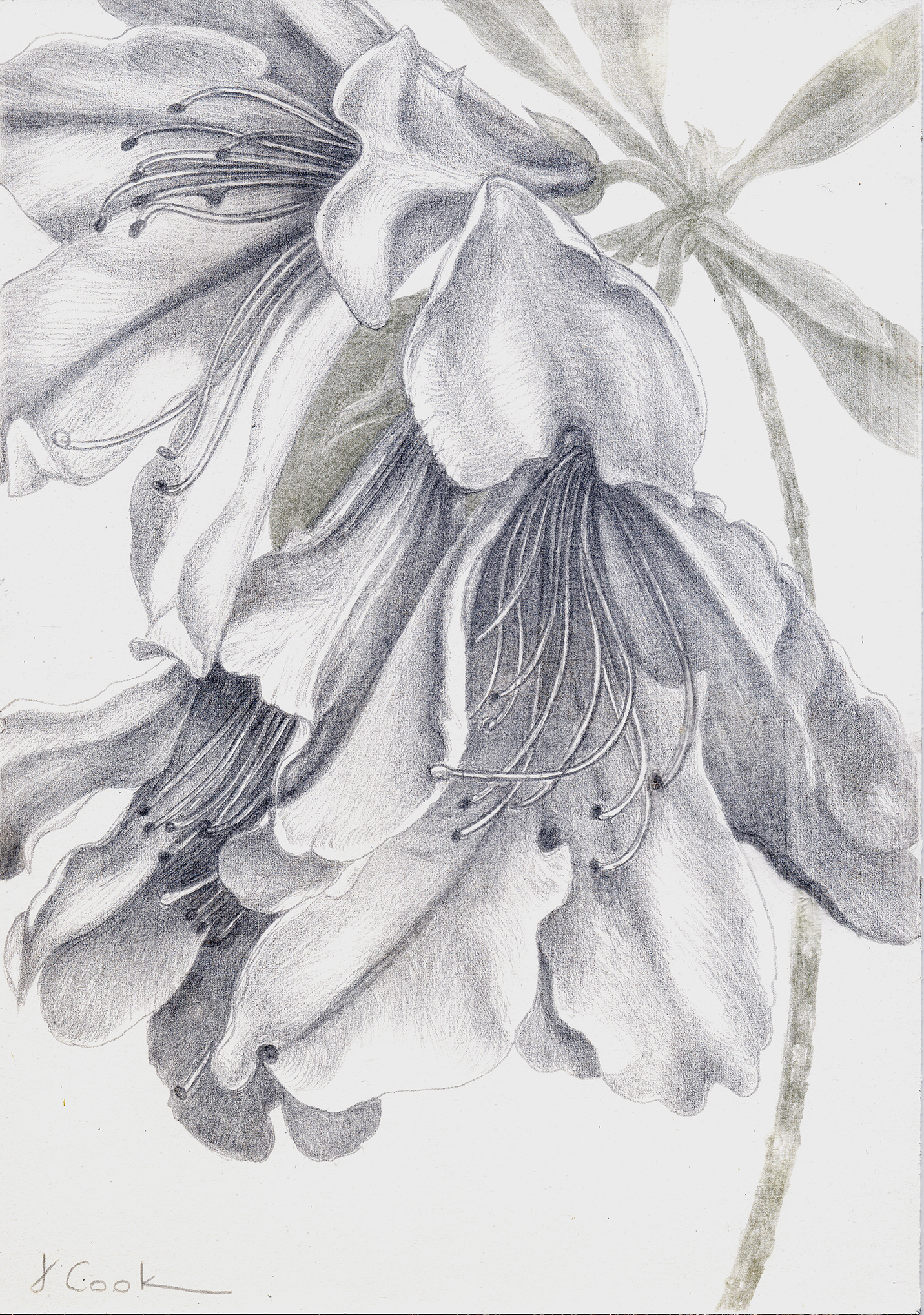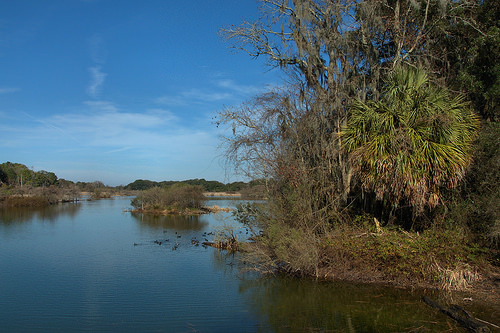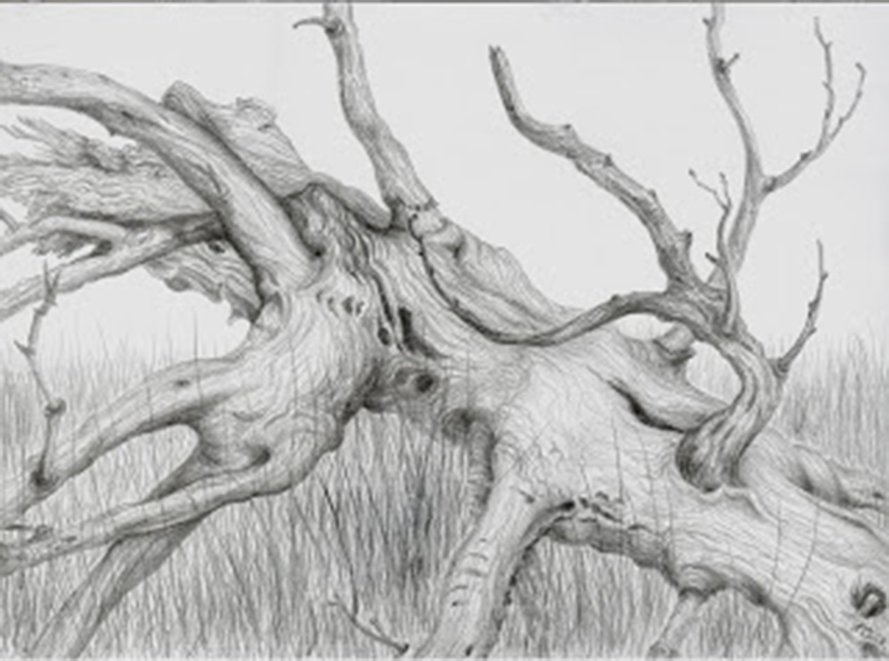Nature, in the form of winter weather, seems to have loomed over-large in many people's lives in recent weeks, whether in North America or even in normally sun-filled Palma de Mallorca. Two weeks there of often rather chilly weather left me indoors more than I would wish, but all is relative! It meant that I began to think about other aspects of nature that show up in our daily lives.
The world of art and design is still amazingly dependent on inspiration from nature. I was reminded of this as I looked at illustrations of products on display at the current International Gift and Jewellry fair, IFEMA (Semana Internacional del Regalo, Joyería y Bisutería), being held this week in Madrid. The articles covering the show in El País newspaper were full of photos of jewellry, furnishings, wallpaper, ornaments or clothing inspired by flowers, leaves, animals and birds. Perhaps as the world grows more urban, we all need more reminders of the nature we are forsaking and often destroying?
I started looking at touches of nature that show up on buildings in terms of adornment. Think, for instance, of Antonio Gaudi's Sagrada Familia full of concrete evocations of the natural world, an amazing ensemble still rising in Barcelona. Look at a turtle holds up a column at the Sagrada Familia.
Sagrada Familia Turtle column base
Look up inside in the Sagrada Familia nave at wonderful columns that evoke sunflowers, daisies, whatever.
Detail of the roof in the nave. Gaudí designed the columns to mirror trees and branches. Sagrada Familia, Barcelona
Even the wonderful soaring new El Prat airport in Barcelona, a magnificently quiet and well-conceived building, is made more restful and welcoming by its subtle evocation of sea and serenity; a foam green/aquamarine glass is used throughout the building inside and out.
Inside Barcelona airport
Some of the most enduringly successful furnishings that have come down the centuries in France and elsewhere are full of evocations of elegant pastoral scenes, birds, animals and flowers.
Fabrics and wallpapers with such scenes abound -
Bamboo Indigo Katagami Fabric
19th century Katagrami-inspired carpetting
William Morris-inspired wallpaper
Silver objects frequently evoke nature, in their stylised shapes on teapots, urns, trays, dishes. This is just one example, a wonderful George IV English silver urn, full of echoes of nature.
A George IV silver Tea Urn , 1823 , United Kingdom
Furniture, too, has long hinted at animals' feet in the legs and finials of tables, chairs and other pieces. Marquetery has long evoked flowers in great richness. Inlaid stone tables have been an Italian speciality that can be wondered at in the Prado or V & A Museums, for instance.
Charles Cressent (French, Amiens 1685–1768 Paris), Commode, ca. 1745–49 (Image courtesy of Metropolitan Museum of Art, New York)
(Image courtesy of The Wallace Collection, London)
An Italian scagliola table top, Florentine, second half 17th century.
The Japanese, Koreans and Chinese have always been famed for their extraordinary evocations of nature in the objects with which they have surrounded themselves in daily life. Kimonos and netsuke, lacquer objects painted and carved, basketry and furniture, ceramics - the list is endless, but eloquent of the respect in which Nature has been traditionally held. The same can be said for most cultures and countries around the world.
Flowers and Grasses with a Praying Mantis, attributed to Ryūsa (Japanese, active late 18th century), Edo period (1615–1868), late 18th century
Sadly, most of us are so often busy and preoccupied that we don't notice many of the beauties of nature that are present in our world, in art and architecture, jewellry, furnishing, adornments or whatever. I am often fascinated to watch people walking - say, in an airport like Atlanta - on the beautiful granite polished slabs that now form the floors in many of the concourses. Most people never even really look at this marvellous touch of nature underfoot.
As an artist, I keep trying to remind myself simply to keep my eyes open and registering. Since I love to try to depict things in the natural world, I tend to gravitate to the touches of nature I find in my daily life. I find them uplifting and serene-making in many instances, and at the least, interesting, because they are also, often, interpretations of how other people have perceived that aspect of nature. Always fun, many times inspiring and enhancing.


















